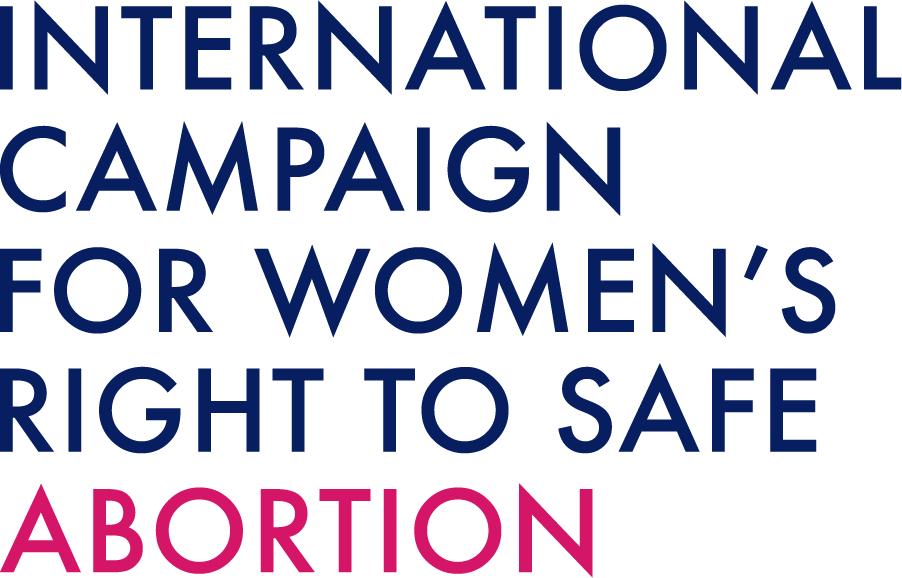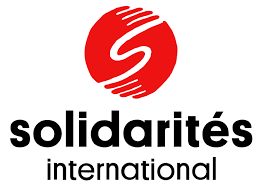
Worldwide, an estimated 25 million unsafe abortions occur each year[:]
Worldwide, 25 million unsafe abortions (45% of all abortions) occurred every year between 2010 and 2014, according to a new study by the World Health Organization (WHO) and the Guttmacher Institute published in The Lancet. The majority of unsafe abortions, or 97%, occurred in developing countries in Africa, Asia and Latin America.
The new Lancet study provides estimates on safe and unsafe abortions globally. For the first time, it includes sub-classifications within the unsafe abortion category as less safe or least safe. The distinction allows for a more nuanced understanding of the different circumstances of abortions among women who are unable to access safe abortions from a trained provider.
When abortions are performed in accordance with WHO guidelines and standards, the risk of severe complications or death is negligible. Approximately 55% of all abortions from 2010 to 2014 were conducted safely, which means they were performed by a trained health worker using a WHO-recommended method appropriate to the pregnancy duration.
Almost one-third (31%) of abortions were “less safe,” meaning they were either performed by a trained provider using an unsafe or outdated method such as “sharp curettage”, or by an untrained person albeit using a safe method like misoprostol, a drug that can be used for many medical purposes, including to induce an abortion.
About 14% were “least safe” abortions provided by untrained persons using dangerous methods, such as introduction of foreign objects and use of herbal concoctions. Deaths from complications of unsafe abortion were high in regions where most abortions happened in the least safe circumstances. Complications from “least-safe” abortions can include incomplete abortion (failure to remove all of the pregnancy tissue from the uterus), haemorrhage, vaginal, cervical and uterine injury, and infections.
Unsafe abortion occurs when a pregnancy is terminated either by persons lacking the necessary skills/information or in an environment that does not conform to minimal medical standards, or both.
To prevent unintended pregnancies and unsafe abortions, countries must make supportive policies and financial commitments to provide comprehensive sexuality education; a wide range of contraceptive methods, including emergency contraception; accurate family planning counselling; and access to safe, legal abortion.
Source: guttmacher.org[:]




















